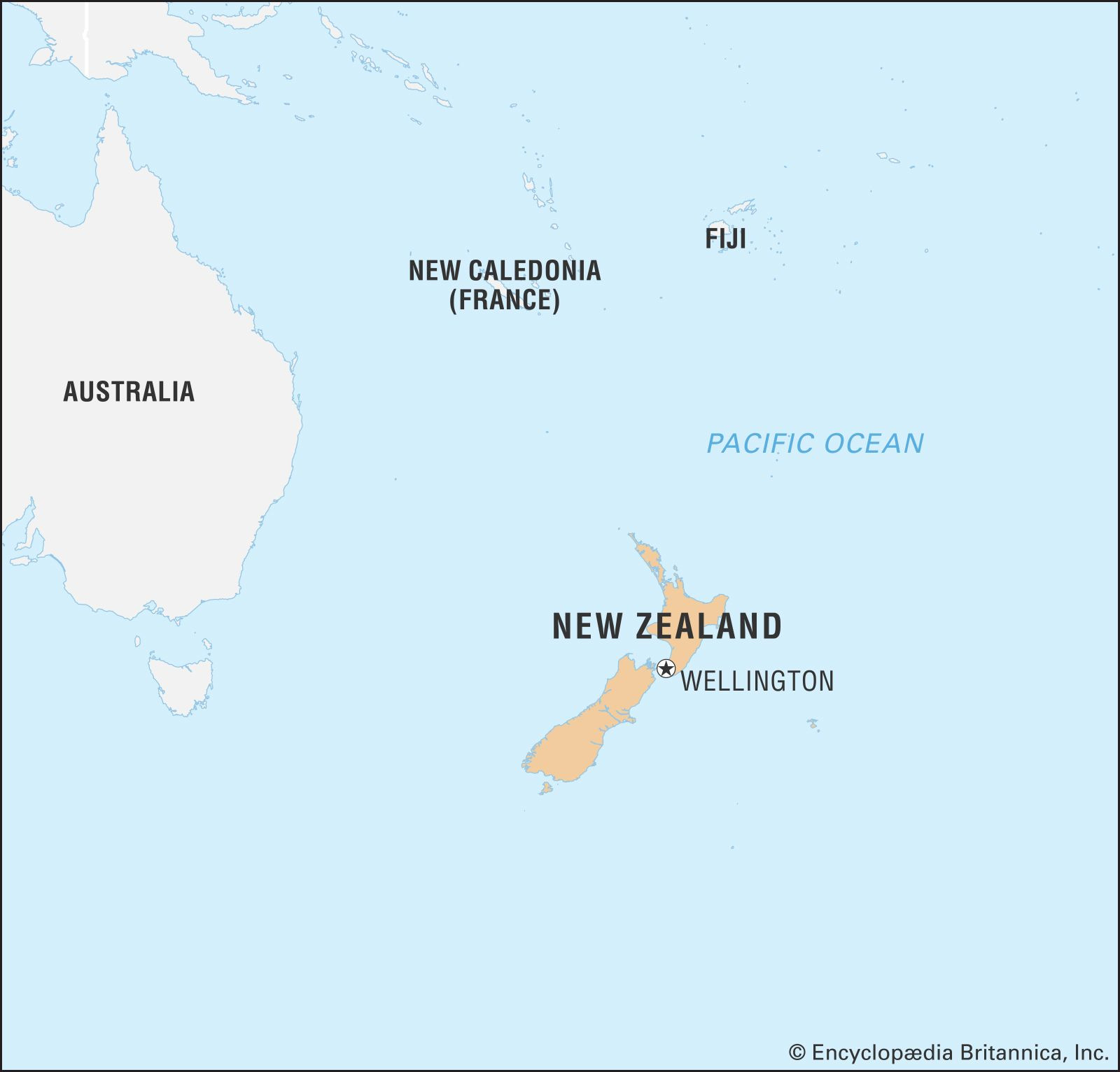New Zealand, often called the “Land of the Long White Cloud,” is a nation famed for its breathtaking landscapes, unique wildlife, and vibrant Māori culture. But before diving into its wonders, a fundamental question arises: Where Is New Zealand Located? Understanding its geographical position is key to appreciating its distinct character and global context. Let’s embark on a journey to pinpoint this captivating country on the world map.
New Zealand is situated in the southwestern Pacific Ocean. This positions it as part of Polynesia, a subregion of Oceania, and places it amongst island nations known for their rich maritime history and cultural connections. Its nearest major neighbor is Australia, lying more than 1,000 miles (1,600 kilometers) to the northwest across the Tasman Sea. This relative proximity, however, doesn’t diminish New Zealand’s distinct identity and geographical isolation. In fact, its remoteness has played a crucial role in shaping its unique biodiversity and evolutionary history.
 New Zealand
New Zealand
New Zealand’s location in the vast expanse of the South Pacific Ocean, highlighting its isolation and proximity to Australia.
To visualize New Zealand’s location more precisely, imagine journeying far southeast from Australia. You would traverse the Tasman Sea and encounter two prominent landmasses separated by the Cook Strait. These are the North Island and the South Island, the two principal islands that constitute the bulk of New Zealand’s land area. In addition to these major islands, New Zealand’s territory encompasses numerous smaller islands, some scattered hundreds of miles from the main group, further emphasizing its expansive reach across the South Pacific.
 Wellington Harbour
Wellington Harbour
Wellington Harbour in New Zealand, illustrating the country’s coastal geography and maritime access in the South Pacific.
Both of New Zealand’s major islands boast unique characteristics. The North Island is home to the nation’s capital, Wellington, and its largest city, Auckland. Known for its volcanic activity, geothermal areas, and warmer climate, the North Island is the more populous of the two. In contrast, the South Island is famed for its dramatic landscapes, including the Southern Alps/Kā Tiritiri o te Moana, a majestic mountain range, and stunning fjords. This geographical diversity within a relatively compact nation is a significant aspect of New Zealand’s appeal.
 Waikato River, Hamilton, New Zealand
Waikato River, Hamilton, New Zealand
Waikato River in Hamilton, New Zealand, showcasing the diverse river systems and inland geography of the country.
New Zealand’s geographical coordinates place it roughly between latitudes 34° to 47° South and longitudes 166° to 179° East. This Southern Hemisphere location results in a temperate climate, distinct seasons opposite to the Northern Hemisphere, and unique astronomical perspectives. Being situated in the UTC+12 and UTC+13 time zones, New Zealand is among the first countries to greet each new day.
 New Zealand
New Zealand
World map highlighting the precise geographical location of New Zealand in the Southern Hemisphere and Oceania.
The country’s isolation, while contributing to its unique environment, has also shaped its history and culture. As one of the last major landmasses to be settled by humans, New Zealand’s indigenous Māori population developed a distinctive culture deeply connected to the land and sea. European colonization in the 19th century brought significant changes, but Māori culture remains a vibrant and integral part of New Zealand’s national identity.
In conclusion, New Zealand is located in the southwestern Pacific Ocean, southeast of Australia, and is part of Polynesia. Its unique location has profoundly influenced its environment, biodiversity, climate, and cultural development. Understanding where New Zealand is situated on the globe is the first step to appreciating the remarkable character of this island nation and its place in the world.

